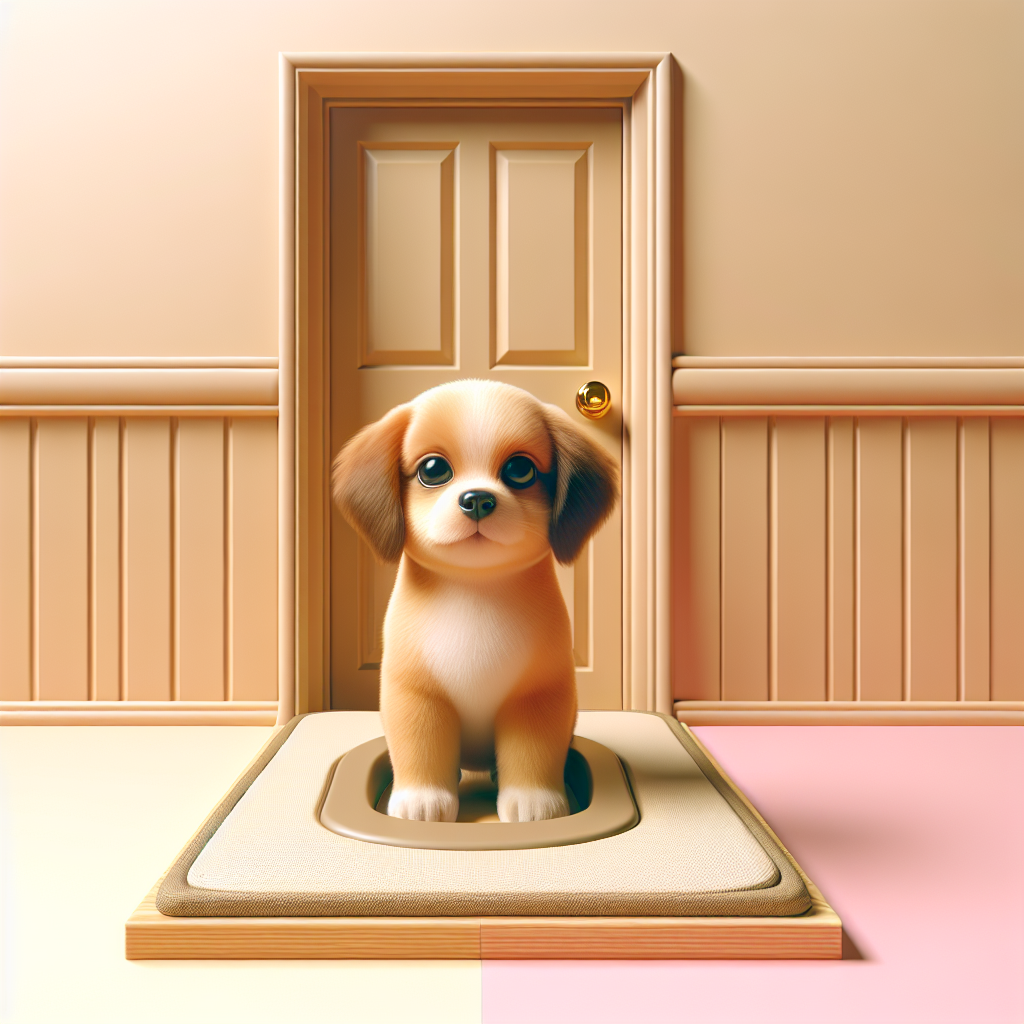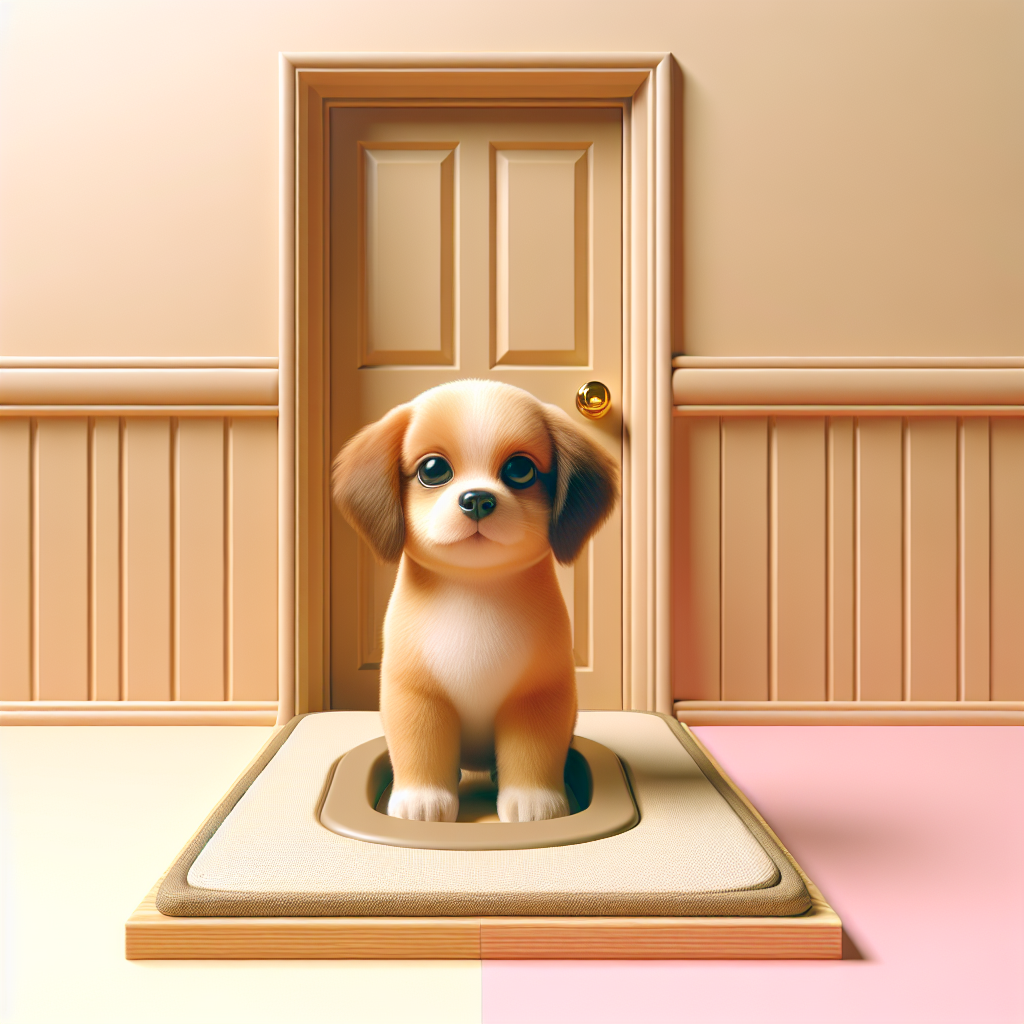If you’ve recently welcomed a furry bundle of joy into your home, you may be wondering what the best way is to house train your adorable new puppy. From accidents on the carpet to frustrating messes on the floor, the early stages of puppyhood can be a challenging time. But fear not, as we’re here to help guide you through the process with tips and tricks that will have your puppy potty-trained in no time. So grab a treat, and let’s get started on this adventure of house training your furry friend!
Creating a Schedule
Establish a Routine
Establishing a routine is essential when house training a puppy. By following a consistent schedule, you can help your puppy develop good habits and minimize accidents. Set specific times for feeding, potty breaks, playtime, and rest. Dogs thrive on routine, and having a predictable daily schedule will make the training process easier for both you and your furry friend.
Choose Regular Feeding Times
To regulate your puppy’s digestive system and make potty training more manageable, it’s crucial to choose regular feeding times. Stick to a consistent feeding schedule and avoid free feeding, where you leave food out all day. By feeding your puppy at the same times each day, you can predict when they will need to eliminate and take them outside accordingly.
Take Frequent Potty Breaks
Young puppies have small bladders and need to relieve themselves frequently. Taking your puppy outside for potty breaks every 1-2 hours will help reduce accidents inside the house. Additionally, it’s important to take them out after meals, naps, play sessions, and before bedtime. By providing plenty of opportunities to go potty outside, you can reinforce the desired behavior and help your puppy understand where they should eliminate.
Positive Reinforcement
Use Treats and Rewards
Positive reinforcement is a highly effective training method when it comes to house training a puppy. Reward your puppy with treats whenever they eliminate in the designated potty area. You can also use verbal praise such as “good job!” or a gentle pat on the head as a form of positive reinforcement. By associating going potty outside with treats and rewards, your puppy will be motivated to continue this behavior.
Praise and Encouragement
In addition to treating your puppy, it’s important to praise and provide verbal encouragement when they eliminate in the right place. Use an upbeat and friendly tone to let them know they’ve done well. Positive reinforcement helps build a strong bond between you and your puppy and reinforces the desired behavior.
Avoid Punishment
Punishment should never be used as a training method when house training a puppy. Yelling, hitting, or rubbing your puppy’s nose in their mess can lead to fear, anxiety, and a strained relationship. Instead, focus on positive reinforcement and redirecting them to the correct behavior. If accidents happen, don’t scold your puppy, as they won’t understand why they are being punished.
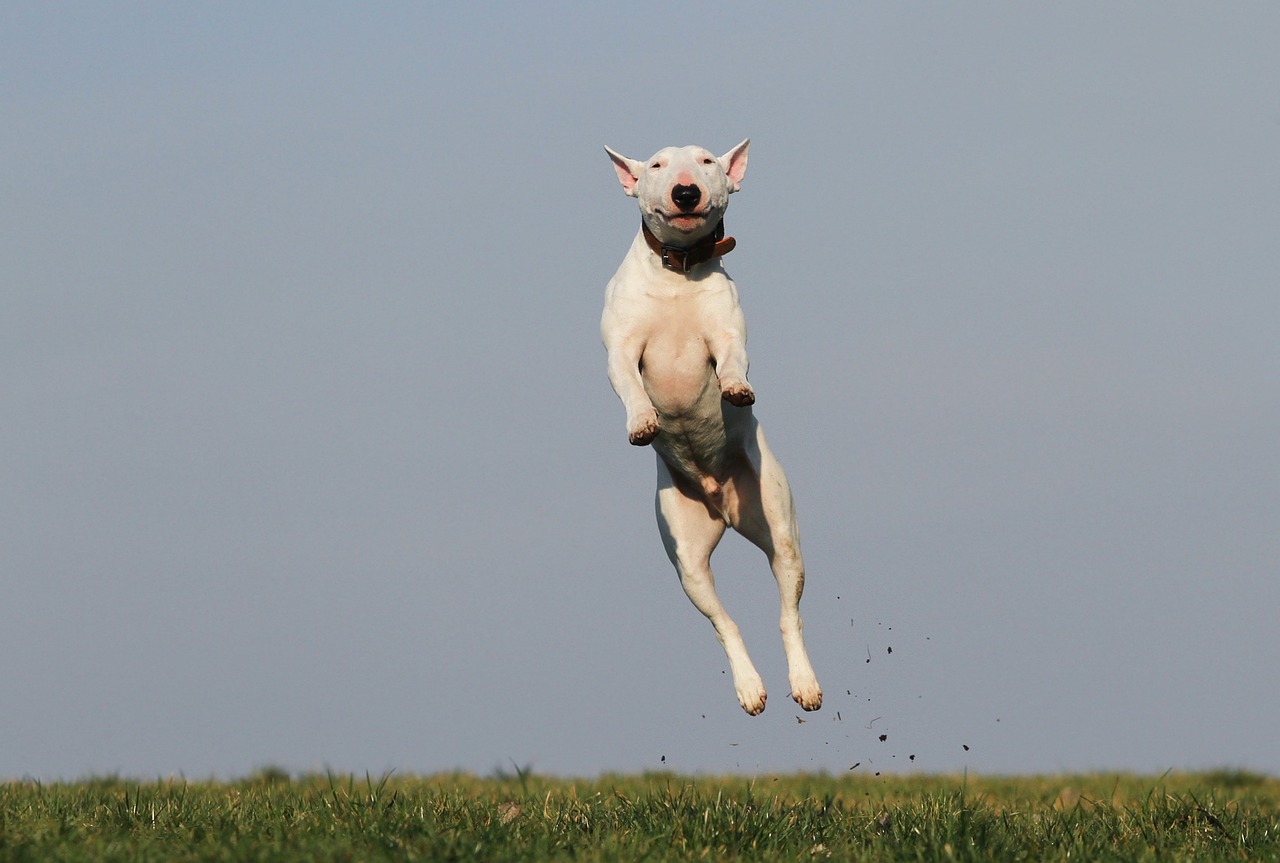
Crate Training
Use a Properly Sized Crate
Crate training is an effective method for house training puppies. It teaches them to hold their bladder and bowels and provides them with a safe and secure space. It’s important to choose a crate that is just big enough for your puppy to stand up, turn around, and lie down comfortably. A crate that is too large may allow your puppy to eliminate in one corner, defeating the purpose of crate training.
Make the Crate a Positive Space
To encourage your puppy to view the crate as a positive space, make it comfortable and inviting. Use soft bedding, toys, and treats to create a pleasant environment inside the crate. Allow your puppy to explore the crate on their own terms and never force them inside. Gradually increase their time in the crate to help them feel more at ease and associate it with positive experiences.
Gradually Increase Crate Time
When starting crate training, it’s important to gradually increase the amount of time your puppy spends in the crate. Begin with short intervals and gradually extend the duration. It’s crucial to provide bathroom breaks before crating and immediately after they are released. Be patient as your puppy adjusts to being crated and never leave them in the crate for longer than they can hold their bladder or bowels.
Consistency and Patience
Be Consistent with Training Methods
Consistency is key when house training a puppy. Use the same cues, commands, and phrases each time you take your puppy outside to eliminate. This consistency helps your puppy understand what is expected of them and reinforces the desired behavior. Stick to the same routine and avoid making sudden changes that can confuse your puppy.
Stick to the Schedule
Following a consistent schedule is crucial for successful house training. Stick to the established routine of feeding, potty breaks, and playtime. Puppies thrive on predictability, and a consistent schedule will help them learn faster. Avoid deviating from the schedule as much as possible, even on weekends or when your daily routine changes.
Practice Patience and Persistence
House training a puppy takes time and patience. Accidents are part of the learning process, and it’s important to remain calm and patient. Never scold or punish your puppy for accidents, as this can create anxiety and hinder progress. Instead, persistently stick to the training routine, consistently reinforce positive behaviors, and give your puppy the time they need to learn and adjust.
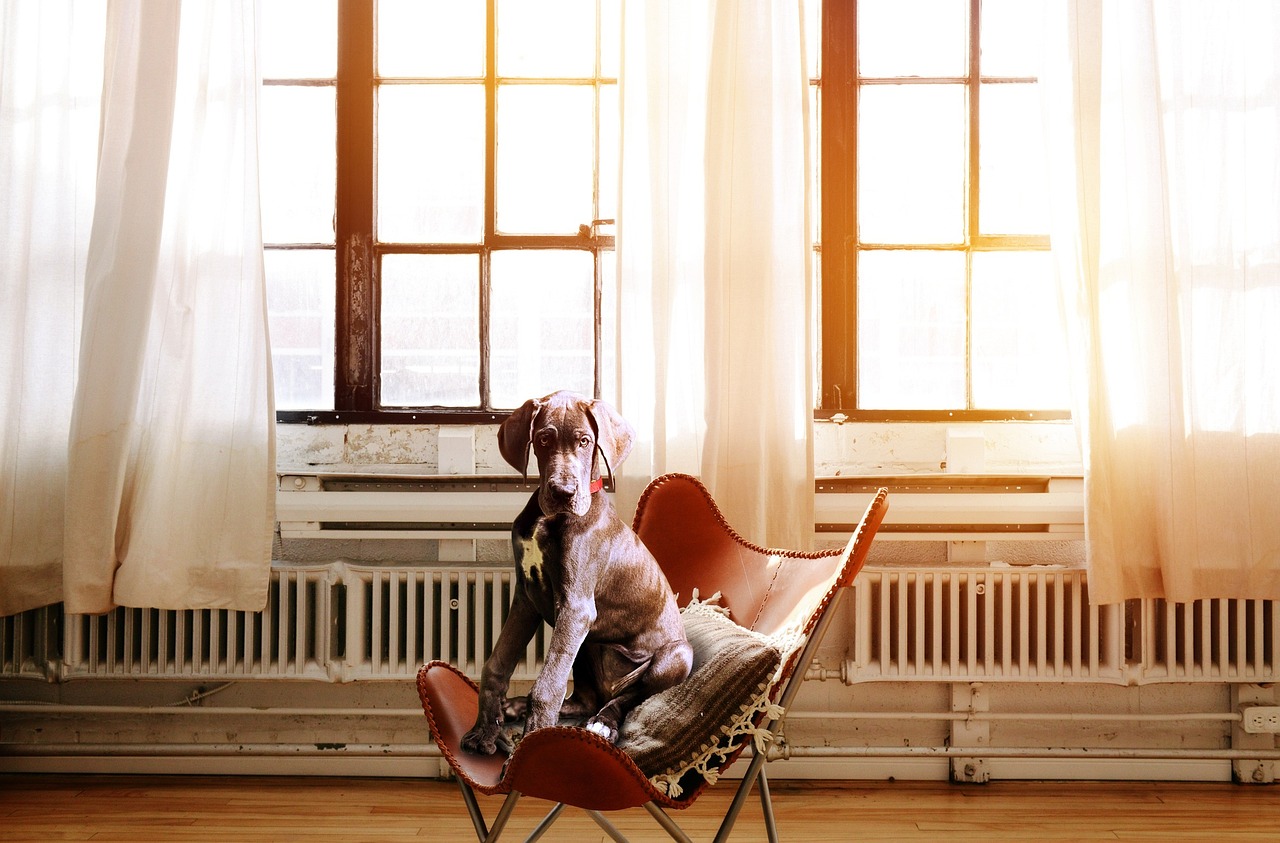
Supervision and Prevention
Keep an Eye on Your Puppy
Supervision is crucial during the house training process. Keep a close eye on your puppy at all times, especially when they are not confined to their crate. Watch for signs that they may need to eliminate, such as sniffing the floor or circling. By closely monitoring your puppy, you can quickly intervene and redirect them to the appropriate potty area.
Use Leashes or Gates
To prevent accidents and control your puppy’s movement, consider using leashes or gates to confine them to certain areas of the house. This allows you to keep them in close proximity and easily supervise them. Leashes can be used to guide your puppy to the designated potty area, while gates can limit their access to rooms or areas where accidents are more likely to occur.
Limit Access to Problem Areas
During the house training process, it’s important to limit your puppy’s access to areas where accidents have occurred in the past. Close doors or use gates to block off these spaces until your puppy consistently eliminates outside. By restricting access to problem areas, you can prevent repeat accidents and focus on reinforcing the desired behavior.
Designating a Potty Area
Choose a Convenient Spot
Selecting a convenient spot for your puppy to eliminate is essential for successful house training. Choose an area that is easily accessible, preferably close to an exit. This makes it easier to quickly take your puppy outside when they need to go. Consistency is key, so always lead your puppy to the same designated potty area to reinforce the habit.
Use Potty Pads or Newspapers
In the early stages of house training, potty pads or newspapers can be used to protect your floors and encourage your puppy to eliminate in a specific area. Place the pads or newspapers in the designated potty area and gradually decrease their size over time. This helps your puppy associate the scent with elimination and reinforces the appropriate behavior.
Gradually Transition to Outdoor Elimination
Once your puppy consistently eliminates on the potty pads or newspapers, it’s time to gradually transition to outdoor elimination. Move the pads or newspapers closer to the door leading outside, eventually placing them just outside the door. As your puppy becomes comfortable with this transition, remove the pads or newspapers entirely and encourage them to eliminate in the designated outdoor area.

Recognizing Signs
Watch for Potty Cues
Every puppy exhibits different potty cues before they need to eliminate. Common signs include sniffing the floor, pacing, circling, or suddenly stopping an activity. By paying close attention to your puppy’s behavior, you can identify their specific potty cues and take them outside before accidents occur.
Note Patterns and Behaviors
Tracking your puppy’s patterns and behaviors can be helpful during the house training process. Take note of the times when they typically need to eliminate, how long after eating or drinking they usually go, and any other consistent behaviors they display. Understanding their patterns can assist you in preemptively taking them outside before accidents happen.
Keep a Potty Record
Creating a potty record can help you track your puppy’s progress and identify any areas where further training may be needed. Include details such as the time and location of each successful elimination, as well as any accidents that occur. This record can give you valuable insights into your puppy’s habits and provide a foundation for adjustments in your training routine.
Cleaning and Odor Removal
Clean Accidents Immediately
When accidents happen, it’s crucial to clean them up promptly and thoroughly. Use a pet-safe cleaner that contains enzymes to break down the urine or fecal residue. This helps eliminate the odor and discourages your puppy from revisiting the same spot. Avoid using ammonia-based cleaners, as they can smell similar to urine and may attract your puppy back to the area.
Use Enzymatic Cleaners
Enzymatic cleaners are specifically designed to neutralize the odor of pet urine and feces. These cleaners break down the organic compounds, eliminating the scent that can attract your puppy to repeat accidents. Follow the instructions on the cleaner and ensure you thoroughly treat any affected areas to effectively remove the odor.
Prevent Repeat Accidents
To prevent repeat accidents, it’s important to eliminate any lingering odor. Even if you can’t detect the scent, your puppy’s sensitive nose may still pick it up. By promptly cleaning up accidents and using enzymatic cleaners, you can effectively remove the odor and discourage your puppy from eliminating in the same spot. Consistency in cleaning and odor removal is key to successful house training.
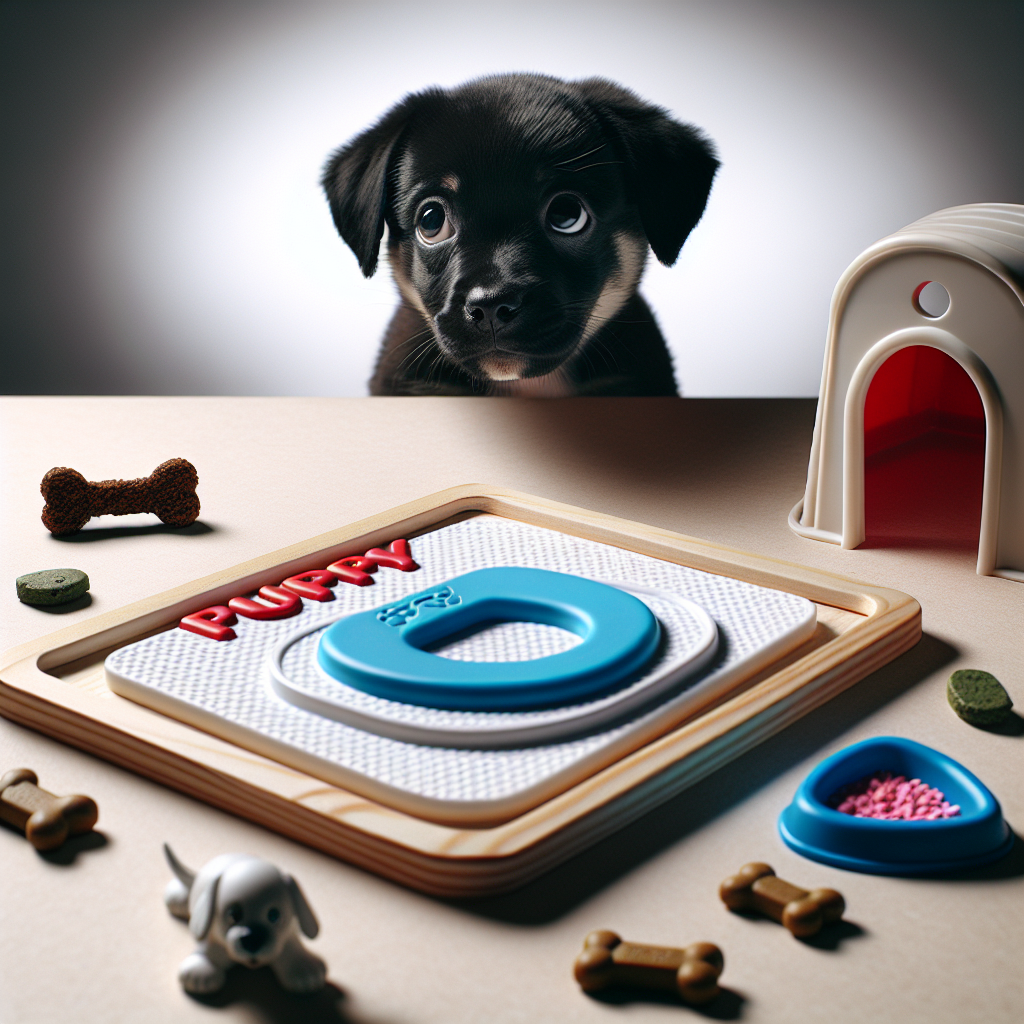
Socialization and Regular Exercise
Expose Your Puppy to Various Environments
Socialization is an important aspect of a puppy’s development and can contribute to successful house training. Gradually introduce your puppy to different environments, such as parks, sidewalks, and busy streets. This exposure helps them become comfortable with their surroundings and reduces the chances of anxiety-related accidents in new places.
Introduce to Different People and Animals
Positive interactions with different people and animals are crucial for a well-rounded and confident puppy. Regularly introduce your puppy to friends, family members, and other animals in controlled settings. This exposure helps them build positive associations and reduces the likelihood of fear-based accidents when encountering new people or animals.
Provide Sufficient Physical Activity
Regular exercise is essential for a healthy and well-behaved puppy. Physical activity not only promotes overall well-being but also helps regulate their digestive system and bladder functions. Engage in daily walks, play sessions, and interactive games to provide mental stimulation and physical exercise. Regular physical activity can help prevent boredom-related accidents and contribute to successful house training.
Seeking Professional Help
Consider Hiring a Professional Trainer
Sometimes, despite your best efforts, house training can be challenging. If you’re struggling with the process, it may be beneficial to seek the help of a professional dog trainer. They have the expertise and experience to address specific issues and tailor a training plan to your puppy’s needs. A professional trainer can provide guidance, support, and techniques to help you overcome any obstacles.
Consult a Veterinarian for Guidance
If you’re experiencing difficulties with house training, it’s also a good idea to consult your veterinarian. They can rule out any underlying medical conditions that may be contributing to accidents or provide guidance on specific behavioral concerns. Your veterinarian knows your puppy’s health history and can provide valuable insights and recommendations to facilitate successful house training.
Join Puppy Training Classes
Enrolling your puppy in training classes can provide socialization opportunities and professional guidance. Puppy training classes often include house training as part of the curriculum, allowing you to learn alongside other puppy owners and their furry companions. These classes offer a supportive environment and can help you acquire valuable skills and knowledge to effectively house train your puppy.
By following these guidelines and maintaining a positive and patient approach, you can successfully house train your puppy. Remember, consistency, routine, and positive reinforcement are key to establishing good habits and preventing accidents. With time, practice, and plenty of love, your pup will become a well-behaved and house-trained member of the family.
